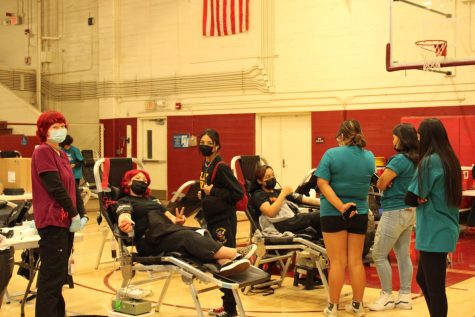Star Wars’ planets may be a reality
February 11, 2016
Caltech researchers, Mike Brown and Konstantin Batygin, at NASA have found evidence of a ninth planet orbiting the sun somewhere beyond Neptune. Although it has stirred up a lot of excitement among scientists and the general public, the planet is yet to be discovered.
NASA’s director of planetary science, Jim Green, cautions that it is still too early to claim our solar system holds nine planets (again). “The idea of a new planet is certainly an exciting one for me as a planetary scientist, and i think for all of us,” Green stated in a video. Brown and Batygin have temporarily nicknamed the planet “Planet Nine.” The prediction of Planet Nine’s existence came from the Astronomical Journal released on Wednesday, January 20th. The paper expressed how the motion of some known bodies in the Kuiper belt, beyond Neptune, could be explained by the presence of such a massive planet.
Through mathematical modeling and computer simulations, Brown and Batygin claim that Planet Nine is ten times the mass of Earth but smaller than Neptune. They also believe that the planet orbits 20 times further away from the sun than Neptune meaning that the time it will take for Planet Nine to actually orbit around the sun varies from 10,000 to 20,000 years. Clearly, there are more questions to answer. For example, how cold is it on Planet Nine? Ever heard of Hoth? Ask a Star Wars fan. According to WIRED, Planet Nine sets the record for the coldest planet at -422.8 Fahrenheit. Secondly, can you walk on Planet Nine? It depends on the mass, radius, gravitational field and other long science words.
Fortunately, WIRED came up with two possible outcomes. Earth has a gravitational field of 9.8 Newtons per kilogram. There’s one possibility that Planet Nine’s gravitational field will be just like Earth. The other possibility is that Planet nine’s gravitational field is 23.6 N/kg (meaning it’s really going to suck trying to walk). There’s also the possibility that Planet Nine doesn’t exist and that there is some other explanation for the motion of the objects that astronomers observed in the Kuiper Belt.
Whatever the outcome, Green quoted, the general public will have a “front row seat” for the show.















